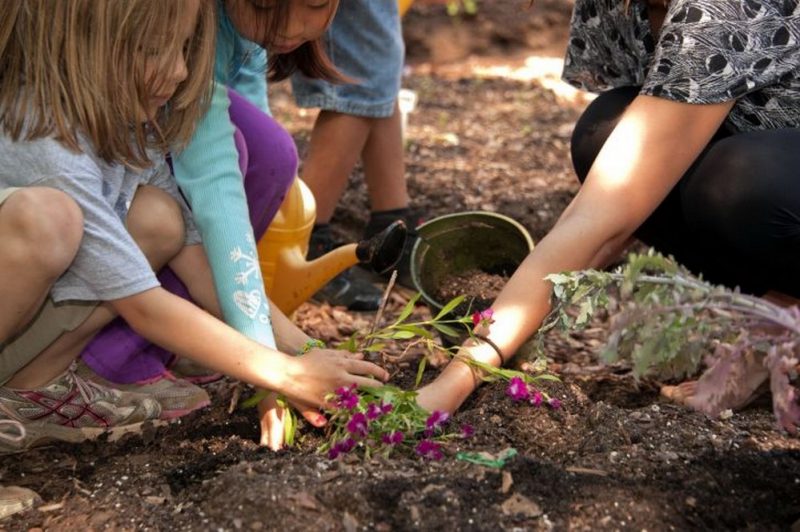
Late rains and warm temperatures has created interesting effects in plants and insects in our gardens. Here the suggestion for our gardens from our horticulturist in Overton:
- Often, tomato and pepper plants started outdoors from seed will grow so quickly they will catch up with commercial plants in size within a few weeks. For many gardeners, this is the only way to obtain rare or heirloom varieties. But because this has been a winter with erratic weather patterns, it’s best to keep an eye on young tomato transplants so that they may be covered if the threat of a late frost occurs.
- Don’t be in a hurry to set out young pepper plants. Wait until the temperatures seem to be settled.
- Pruning of evergreens and summer flowering trees and shrubs should be completed in early March. Prune spring flowering trees and shrubs as soon as they finish blooming.
- Start hanging baskets of petunias, ferns and others for another dimension in landscape color. One attractive begonia plant can yield a number of others through careful rooting of stem cuttings.
- Plant dahlia tubers in fertile, well-drained soil.
- In North Texas there is still time to plant seeds of your favorite annuals in flats to be transplanted out-of-doors when danger of frost is past.
- Select and order caladium tubers as well as coleus plants for late April and early May planting. Do not plant caladiums until soil temperature reaches 70°F.
- As camellia and azalea plants finish blooming, fertilize them with three pounds of azalea-camellia fertilizer per 100 square feet of bed area. Check mulch on azalea and camellia beds and add where needed.
- Fertilize roses every 4 to 6 weeks from now until September.
- Beware of close-out sales on bare-root trees and shrubs. The chance of survival is rather low on bare-root plants this late in the season. Your best bet at this time of year is to depend on container-grown or balled-and-burlapped plants for landscape use.
- Plant Blue Plumbago (Plumbago capensis) now for season long low maintenance color. It is usually cold hardy to Zone 8 and sheltered places elsewhere. Although tolerant of sunny conditions, blue plumbago prefers a little protection from the hot afternoon sun. It is quite drought tolerant and blooms from spring till frost.
- Now is a time to thin larkspur, zinnia, cockscomb and cosmos seedlings. Plants will bloom much better if thinned to about 4″ apart. Transplant or share the extras with gardening friends.
Please remember that our severe rain season can created changes in the garden needing to be considered and will affect some of the activities recommended in this list. For more information please call the Hopkins County Extension Office at 903-885-3443 or email me at [email protected].c

Mario Villarino DVM, Ph.D.
Hopkins County Extension Agent for Ag and NR
1200B Houston Street
Sulphur Springs, Texas 75482
903-885-3443







